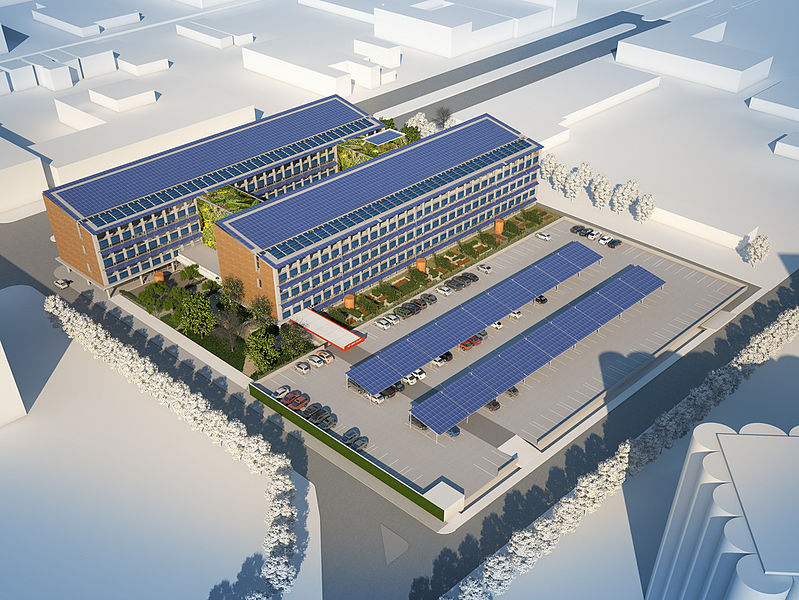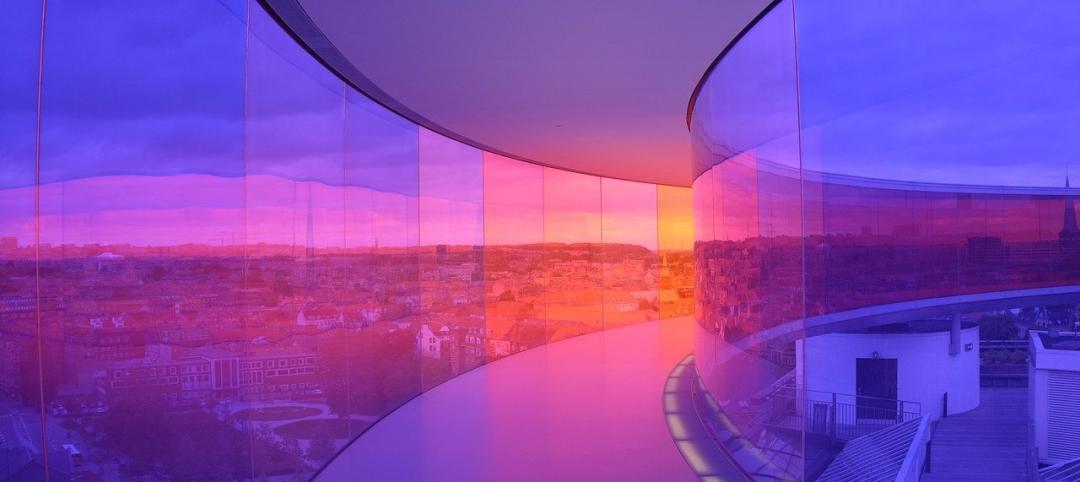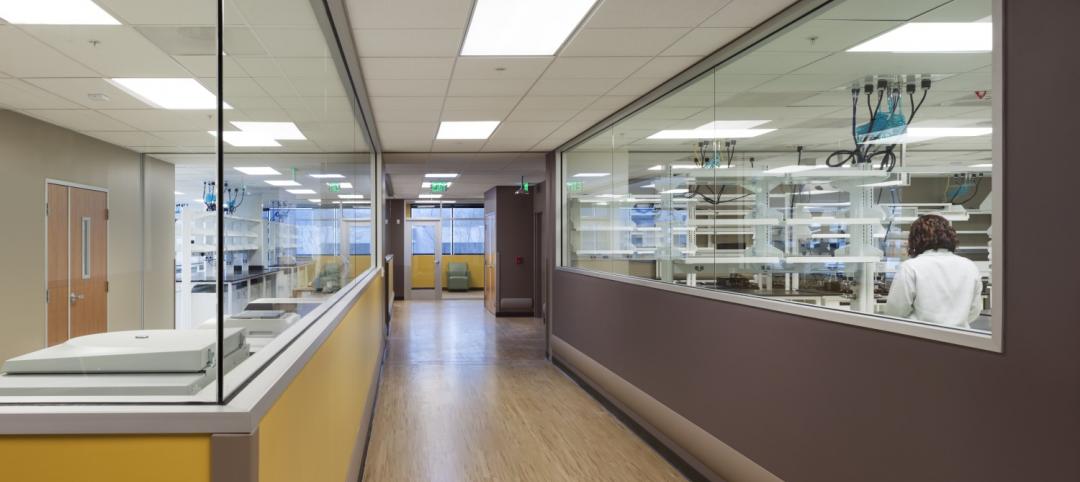A new study by Boulder, Colo.-based Navigant Research projects that public- and private-sector efforts to lower the carbon footprint of new and renovated commercial and residential structures will boost the annual revenue generated by commercial and residential zero energy buildings (ZEBs) over the next 20 years by 122.5%, to $1.4 trillion.
This study cites the lack of unified standards bodies as a barrier to the growth of ZEBs. It forecasts revenues for six product and service categories—lighting, walls and roofing, HVAC, glazing, renewable energy, and soft costs—by geographic and national regions, with specific emphasis in the U.S. on California and Massachusetts.
“The global zero energy building market has many pockets of potential growth, but challenges remain in defining what exactly a ZEB is, as well as raising awareness of the increasing accessibility of these solutions,” said Noah Goldstein, research director with Navigant Research. “The strongest driver for this market is regulation, as policies like the European Union’s Energy Performance of Buildings Directive and California’s evolving Title 24 building code bring ZEB markets into being for new commercial, new residential, and retrofitted commercial spaces.”
The technology and equipment associated with the building envelope are developing rapidly, reducing the soft costs associated with ZEBs, according to the report. New developments in building envelope materials, along with innovative manufacturing techniques for windows and glazing, should help lower the energy use intensity of buildings. This focus on improved envelopes is expected to aid the greater building ecosystem, reducing energy costs for non-ZEBs, as well.
Related Stories
Architects | Mar 23, 2021
Design firms KTGY, Simeone Deary Design Group unite to shape future of architectural design through experiential environments
With a bold vision to reshape how people experience spaces, residential design firm joins forces with interior design group, creating fully integrated architecture, branding, interiors and planning practice.
Architects | Mar 15, 2021
A life in architecture – Lessons from my father
A veteran designer looks back on the lessons his father, a contractor, taught him.
Architects | Mar 11, 2021
Calling all building design professionals: BD+C needs your expertise on design innovation in 2021
This new BD+C research project explores the leading drivers, sources of inspiration, and successful outcomes for design innovation projects and initiatives.
Coronavirus | Mar 11, 2021
The Weekly show, March 11, 2021: 5 building products for COVID-related conditions, and AI for MEP design
This week on The Weekly show, BD+C editors speak with AEC industry leaders about building products and systems that support COVID-related conditions, and an AI tool that automates the design of MEP systems.
Laboratories | Mar 10, 2021
8 tips for converting office space to life sciences labs
Creating a successful life sciences facility within the shell of a former office building can be much like that old “square peg round hole” paradigm. Two experts offer important advice.
AEC Tech | Mar 4, 2021
The Weekly show, March 4, 2021: Bringing AI to the masses, and Central Station Memphis hotel
This week on The Weekly show, BD+C editors speak with AEC industry leaders about the award-winning Central Station Memphis hotel reconstruction project, and how Autodesk aims to bring generative design and AI tools to the AEC masses.
Architects | Mar 1, 2021
OMA designs 7-mile-long underwater sculpture park
The project will be completed in several phases.
Architects | Mar 1, 2021
AIA elevates 102 members to the College of Fellows
AIA fellowship recognizes significant contributions to the profession of architecture and society.
Market Data | Feb 24, 2021
2021 won’t be a growth year for construction spending, says latest JLL forecast
Predicts second-half improvement toward normalization next year.

















